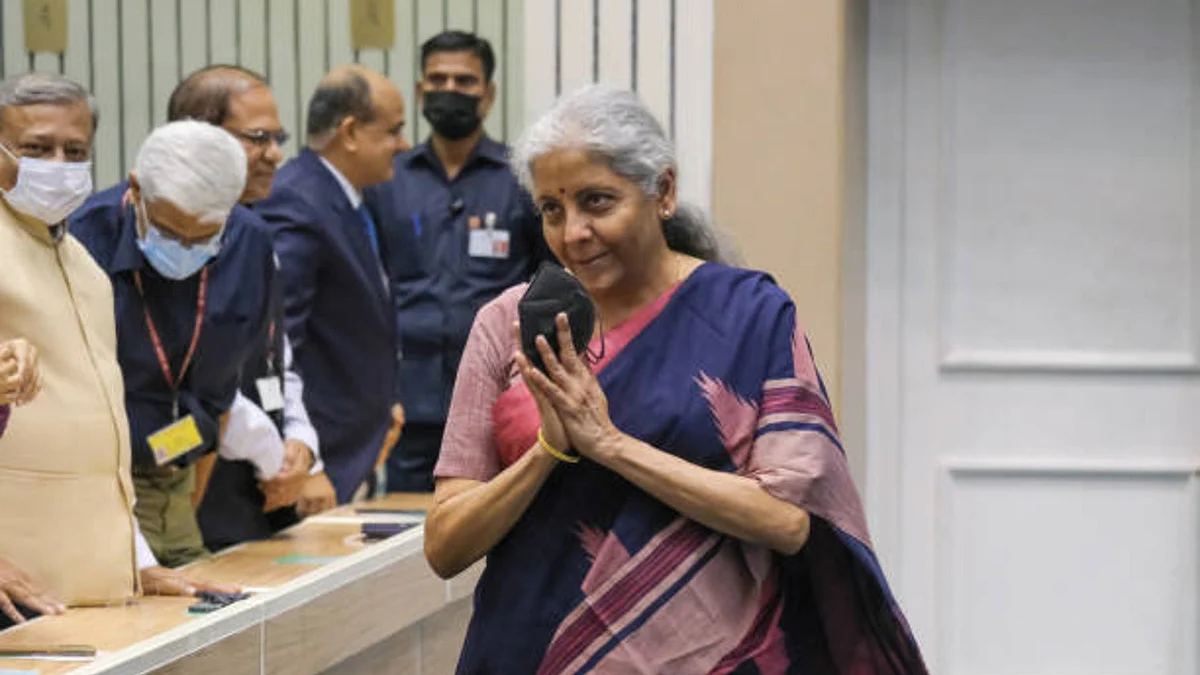Budget 2023-24: Modi govt’s last full budget before General Election may spring some surprises
Finance Minister Nirmala Sitharaman would need to balance growth needs with political compulsions

One of the important businesses in Parliament is the annual budget presentation. This year too, on February 1, Union Finance Minister Nirmala Sitharaman will present the 2023 budget.
Why is a budget important? It gives a bird's eye view of the government's fiscal policy and how it will distribute resources.
The 2023 Budget will have revised revenue estimates for the current fiscal year and tax collection forecast for the following year.
The forthcoming Budget is more important as it will be the last full Budget before the 2024 Lok Sabha polls, and it is bound to have some surprises.
The question is will it be a dream budget like in 1997 presented by P. Chidambaram, which proposed lower tax slabs of personal and corporate taxes? Or, Given the 2024 polls, will it be a populist one?
As usual, several expectations and predictions are floating around from financial experts to ordinary citizens.
The 2023 Budget will probably have something for everybody as political parties have mastered wooing the electorate. Voters are increasingly getting accustomed to new innovative populist schemes that support welfare spending. The common man is interested in what tax breaks he gets in the Budget.
However, some economists, as a contrarian view, say the Budget will focus on supporting development and balancing fiscal pressures instead of resorting to populism before elections.
The Finance Minister gave some clues while in the US for the annual IMF-World Bank meeting some time ago and said, "Growth priorities will be kept absolutely on the top for the upcoming Budget."
The minister also said that the Indian economy should not lose momentum. In a recent address at FICCI, she declared that the Budget would follow the spirit of previous budgets to prepare India for the next 25 years.
Since attaining freedom in 1947, the Budget presentation has undergone many changes from its colonial past. For instance, earlier, the Budget used to be presented in the evening to coincide with the London timings. A presentation in the evening gave producers and the tax collecting agencies the night to work out the price change. Until liberalisation in the early nineties, all the budgets did was raise taxes.
During Vajpayee's regime, the Parliament shifted it from 5 pm to 11 am in 1999. In 2017, the Railway budget was merged with the annual Budget.
Nirmala had broken from the tradition of entering Lok Sabha with a black briefcase holding the budget papers. Instead, she carries a tablet wrapped in a traditional-style in line with the digital concept.
The Modi government is better positioned to take risks, with considerable tax collections in 2022 despite COVID. The direct tax collection stood at Rs 14.71 lakh crore as of January 10, 2023. There have also been some cutbacks after the government discontinued the scheme of free food programs for 800 million people during the pandemic.
Voters expect new welfare schemes. A recent Bloomsburg survey predicts that the Finance Minister could increase expenditure by about 12.5% year-on-year to Rs 44.40 trillion ($544 billion) beginning April.
More importantly, Budget 2023 will focus on capital expenditure as a growth driver. Custom duties on non-essential goods and luxury items might be increased to prevent import dependency and promote the domestic industry.
The government will focus on providing more impetus to the manufacturing sector, concentrating on – capital goods, defence, railways, and public sector banks. The rural sector is also essential.
Price rise and Inflation are the two vital issues people face after the pandemic. There is an urgent need to tackle them.
The next critical issue is job creation. Many vulnerable workers lost their jobs during the pandemic and are still on the streets without any permanent livelihood. Go to any market, and you will find that most shops are shut or have moved to a cheaper place. In the absence of social welfare schemes, migrant workers suffer more. The government should address the job crisis. The private sector should also be encouraged to create more jobs.
The rising cost of living and falling income has dented the growth of the aspirational middle classes. Senior citizens also demand medical benefits and no tax on their pensions. The government must reduce some direct and indirect taxes so that more money is available to the people.
The pandemic showed the need for enhanced outlays towards the health sector to tackle the emerging new COVID variants and better preparedness. More funds are also required for education, rural development, and social sector schemes like MGNREGA.
One can go on with all sorts of predictions until February 1. Overall, Finance Minister may opt for a prudent 2023 Budget, which could be soft and pragmatic.
(IPA Service)
Views are personal
Follow us on: Facebook, Twitter, Google News, Instagram
Join our official telegram channel (@nationalherald) and stay updated with the latest headlines
